15 Fastest Growing Developing Countries in 2020
In this article we are going to list the 15 fastest growing developing countries in 2020. Click to skip ahead and jump to the 5 fastest growing developing countries in 2020.
When World War II took place, the world was divided into three categories. The First World countries included the United States, Western Europe and their allies, while on the other hand, the Second World countries included the Soviet Communist Bloc along with China, Cuba and other allies. Any country which was not directly aligned with these competing factions was labeled a Third World country. I start off mentioning this because now, these terms have lost their original meaning and Third World countries are said to define countries which have a low standard of living and where poverty, corruption and inefficiencies rage, while First World countries are economically advanced countries where citizens enjoy a high standard of living and higher satisfaction.
In a politically correct world, countries have now been divided into two main categories; developed economies and developing economies rather than undeveloped economies or Third World countries. The term developing goes to show that these countries are still making progress, and the definition has officially been applied to countries whose industrial base isn't as developed as well as facing a low Human Development Index compared to other countries. Different organizations have different definitions and the one that we will be using in this article has been coined by the International Monetary Fund, or IMF as it's more popularly known. Even though the term developing economies has been coined to show progress being made by these countries, many people consider it to be a discriminatory term and prefer not to use it, as they believe it shows an 'us versus them' mentality which is not helpful to anyone. Many have also bemoaned the fact that using the term developing country means that the country should be growing in terms of Western ideals rather than their own, which some countries such as Bhutan and Cuba refuse to follow. Even the World Bank has said that the term isn't really very useful and doesn't serve a purpose and worldwide improvements are reducing the necessity of the term even further, which is why reports published by World Bank are phasing out the term and using geographic indicators instead. There is even a term known as the Least Developed Countries by the United Nations, which must be a blow to the ego of any country classified as such.
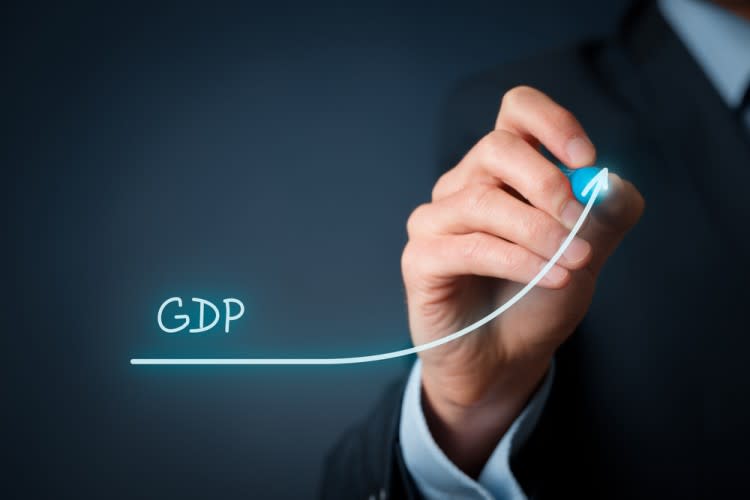
Jirsak/Shutterstock.com
Apart from the aforementioned characteristics defining developing countries, they also have further similar traits which include but are not limited to limited access to drinking water, high levels of pollution due to lack of rules and regulations and enforcement of existing rules and regulations, higher crime rates, higher poverty rates, poor family planning understanding and resources, inadequate and poor infrastructure and face high level corruption as well.
When you live in a developed economy, the economy does not continue to grow further at exorbitant rates. Rather, the growth slows down as the economy is already quite developed. On the other hand, developing economies show major increases in GDP rates. We all know that over the past decade China's growth was monstrous but it has now slowed down as the economy has started to mature. China is now the second biggest economy in the world, and is competing hard with the United States to take the top spot in the world, with many countries in Asia already dependent on China for their own economic growth.
Even as economies continue to grow, one cannot fail to mention the Covid-19 pandemic and the devastating impact it has had on the world. The pandemic has seen over 100 million people infected across the world and with at least 2 million deaths, though these figures are likely to be extremely understated and the true impact will only be ascertained later on. Most countries imposed strict lockdowns to try to reduce the spread of the virus and the devastation it was causing, resulting in billions of people facing lockdowns globally, and economies coming virtually to a halt. Even now, many parts of the world are engulfed in an even worse second worse, and at least some levels of restrictions remain in most countries. Due to the economic impact of the pandemic, most countries across the world are currently undergoing a recession or a depression, with the GDP of most countries contracting significantly. The GDP of many countries has contracted, and it is expected that it will take a few years for things to return to pre-pandemic levels. The good news is, that multiple vaccines have been developed and started to be administered to the general population across the world, which has led to expectations that even though the next few months are expected to be really bad, we can at least see the light at the end of the tunnel. Right now, the GDP of many countries is less than the value of some of the biggest companies in the world such as Facebook (NASDAQ:FB), Microsoft (NASDAQ:MSFT), Apple (NASDAQ:AAPL) and Royal Dutch Shell (NYSE:RDS).
The fastest growing developing countries in 2020 are from various locations geographically, with Africa surprisingly having its fair share of entries. We have used both the IMF's identification of developing countries and its latest report on the real GDP growth of the countries to come up with our rankings. Rather than simply use one year's rankings, especially in a year as volatile as this one, we have used the last decade i.e. from 2011 to 2020 to ascertain the actual fastest growing developing countries. So without further ado, let's take a look at the countries most eager to break through the developing countries tag and become a developed country, starting with number 15:
15. Guyana
Average real growth rate of the country over the past decade (2011 - 2020): 6%
Guyana is the only South American country in our list, and its economy is dependent mostly on bauxite and gold mining, agriculture, minerals, oil and the sugar industry, which accounts for 28% of all export earnings.

Anton_Ivanov/Shutterstock.com
14. Ghana
Average real growth rate of the country over the past decade (2011 - 2020): 6.02%
Ghana has quite a diverse economy, which includes automotive construction, ship construction, digital technology as well as natural resources and their export.
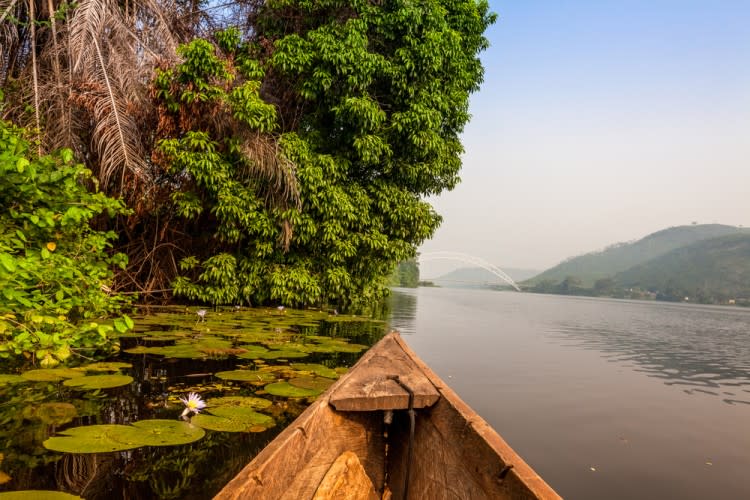
Sopotnicki/Shutterstock.com
13. Vietnam
Average real growth rate of the country over the past decade (2011 - 2020): 6.02%
Vietnam is one of the few countries which handled the pandemic well and hence, there hasn't been as significant an impact on its economy which continues to grow unabated.

John Bill/Shutterstock.com
12. Cambodia
Average real growth rate of the country over the past decade (2011 - 2020): 6.15%
Cambodia has an open market economy, and had a GDP of over $24 billion in 2018.

11. Tanzania
Average real growth rate of the country over the past decade (2011 - 2020): 6.23%
While its economy grew by 3.5% per year from 2009 to 2013, it has expanded growth even further now, and was one of the few countries to bear the Great Recession in 2009 quite well.
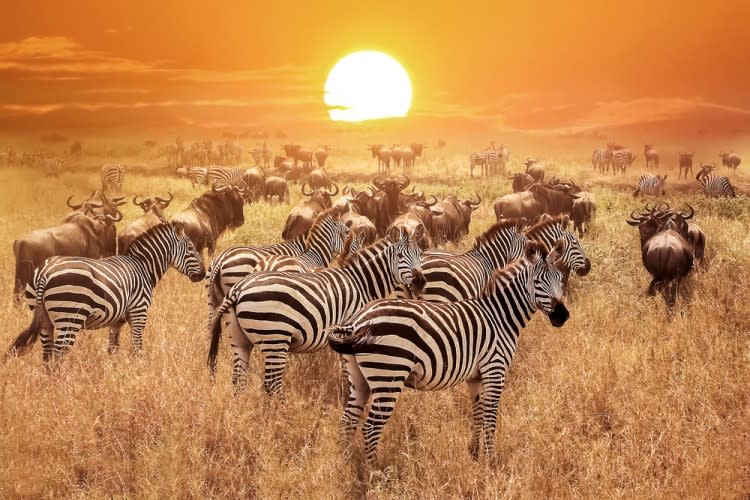
Delbars/Shutterstock.com
10. Côte d'Ivoire
Average real growth rate of the country over the past decade (2011 - 2020): 6.26%
The economy of Ivory Coast is quite stable while also focusing on fast growth, and is quite dependent on its agriculture sector.

Roman Yanushevsky/Shutterstock.com
9. Myanmar
Average real growth rate of the country over the past decade (2011 - 2020): 6.27%
Nowadays, Myanmar is mostly in the news for its ethnic cleansing of Muslims, which is a fact that can't be denied no matter how much the government tries. But it is true that it is also one of the fastest growing developing countries in 2020 and has a GDP per capita of $5,142.

Stephane Bidouze/Shutterstock.com
8. Laos P.D.R.
Average real growth rate of the country over the past decade (2011 - 2020): 6.42%
It is one of the four remaining socialistic states, and so it is unsurprising that its economy has socialistic policies and has also undertaken economic policies to encourage privatization.
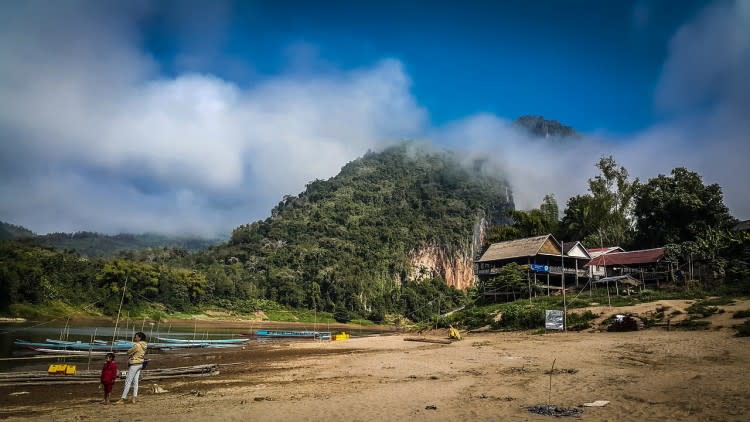
Image Credit: Pixabay/Public Domain
7. Tajikistan
Average real growth rate of the country over the past decade (2011 - 2020): 6.48%
Tajikistan is located in Central Asia and the country's economy depends on services and its agriculture sector as well. The country is also unfortunately home to a massive black market with a major focus on drugs and in fact, it is said that heroin trafficking in the country is equal to around 30-50% of its total GDP, which is a worrying statistic.
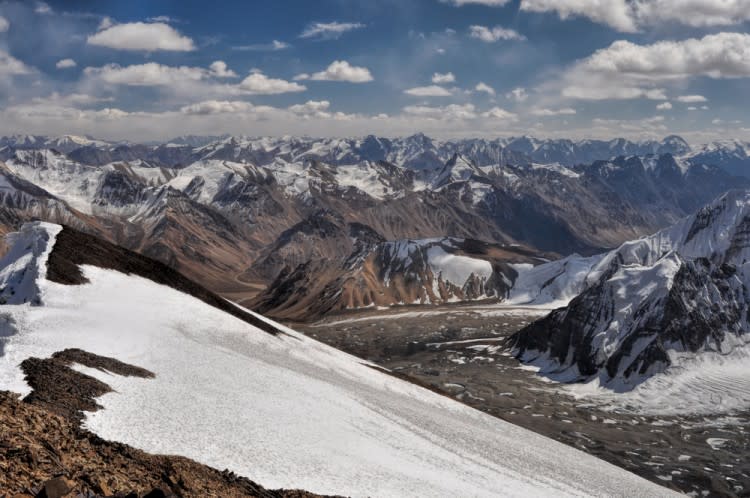
Michal Knitl/Shutterstock.com
6. Bangladesh
Average real growth rate of the country over the past decade (2011 - 2020): 6.6%
Bangladesh only gained independence from Pakistan in 1971 but it seems to have left the latter far behind in terms of economic growth, and has become the 35th largest economy in the world. Its financial sector has grown leaps and bounds as well, and is the second biggest in the Indian subcontinent.
Please continue to see the 5 fastest growing developing countries in 2020.
Suggested articles:
Disclosure: No position. 15 fastest growing developing countries in 2020 is originally published at Insider Monkey.

